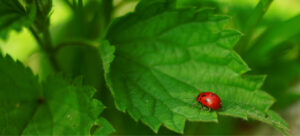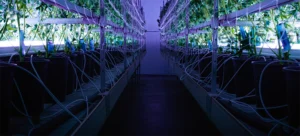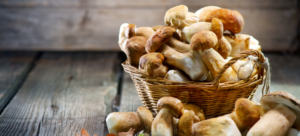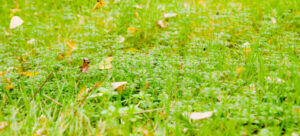Alocasia Black Velvet – Ultimate Plant Care Guide
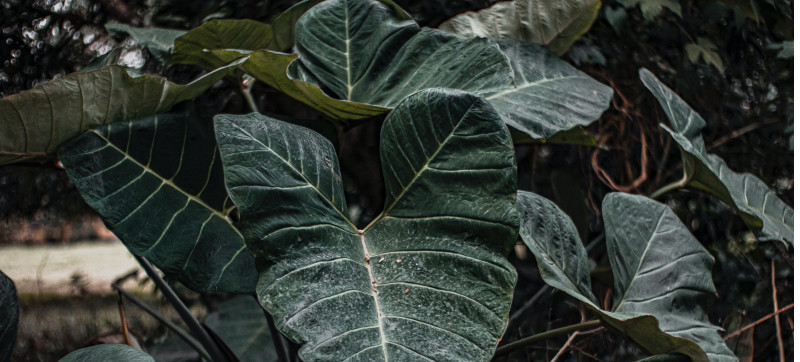
Plunge into the world of exotic houseplants, and you’ll probably soon encounter the intriguing Alocasia Black Velvet plant. This beautiful plant, scientifically known as Alocasia reginula, is a treasure among plant enthusiasts.
Renowned for its velvety, dark green leaves that seem to absorb light, creating a dramatic contrast in any setting.
What Is The Alocasia Black Velvet Plant
Originating from the rainforests of Southeast Asia, the Alocasia Black Velvet flourishes in high-humidity environments. Its native habitat is a testament to its preference for warmth and moisture. The plant’s compact size, along with its unique appearance, makes it a preferred choice for indoor plant collections.
Frequently referred to by its scientific name, Alocasia reginula, this tropical plant has earned a few nicknames over time. “Little Queen” and “Black Velvet Alocasia” are popular because of their regal look and elegant leaf texture. Another common name you might hear is the “Black Velvet Elephant Ear” plant.
But what truly sets the Alocasia Black Velvet apart is its flower. The flower is a modest yet gorgeous feature, often overshadowed by its bold foliage. Resembling a peace lily, the flower gives an extra layer of appeal to this already gorgeous plant.
If you have pets, we highly recommend keeping them out of reach of those paws and mouths. This plant has high toxic levels that can be harmful to our furry friends.
Alocasia Black Velvet Care
This tropical beauty isn’t suggested for those with little plant experience or not much free time. It can quickly go dormant or lose its leaves without the proper care.
Alocasia Black Velvet is a lover of higher humidity levels. This makes it the perfect plant for a sunny and steamy bathroom.
Light Needs
The Alocasia Black Velvet plant thrives best in indirect sunlight-facing windows. Direct sun can burn its delicate foliage. A spot with filtered light, such as behind sheer curtains or a location that receives bright indirect light is recommended.
Water Requirements
This plant is rather particular about its watering schedule. It prefers its soil to be consistently moist but not soggy. Excess moisture can lead to root rot, so it’s important to provide a good drainage hole. When the top inch of soil dries out, it’s time for another thorough watering.
Ideal Soil
The Alocasia Reginula needs well-draining soil to thrive. A mix of potting soil, perlite, sphagnum moss, and orchid bark provides an excellent root zone environment.
This combination offers good moisture retention without waterlogging it. This helps protect the roots from rot while providing necessary nutrients for its growth.
Humidity And Temp
This plant thrives in warmer conditions, preferring temperatures between 65°F to 75°F. Providing higher humidity levels, ideally above 60% RH, helps reflect its natural tropical environment.
Keeping it away from cold drafts and using a humidifier or pebble tray can help preserve these ideal conditions.
The Alocasia Black Velvet doesn’t do well in the cold. During the winter months, you’ll need to make sure it’s not placed near a cold window.
Fertilizing
A well-balanced liquid fertilizer, applied monthly during its growing season is recommended. We suggest using a diluted solution to prevent root burn. For this plant, it’s better to under-fertilize than over-fertilize. The Alocasia Velvet is sensitive to excessive nutrients, which can show with burned leaf tips or yellowing leaves.
Propagating The Black Velvet Elephant Ear
Propagating this neat plant can be a bit tricky, but with patience and the right techniques, you can multiply it. It’s essential to note that leaf cuttings won’t work for this plant. Instead, you’ll need to divide the rhizomes.
Step-by-Step Alocasia Black Velvet Propagation Guide:
Prepare:
Wait until the plant is grown and has multiple stems. Select a healthy parent plant that’s free from pests or diseases.
Remove & Clean:
Gently remove the plant from its pot and shake off excess soil. Clean the roots and identify the rhizomes.
Divide:
Using a sterile, sharp knife, separate the rhizomes. Ensure each section has at least one stem and a few roots.
Plant:
Pot each division into fresh, well-draining soil. Water lightly.
Care:
Put the new plants in a warm, humid environment, away from direct sunlight. Monitor closely for the first couple of weeks.
While reproducing Alocasia Black Velvet can be difficult, the reward of seeing a new plant thrive is well worth the effort!
Common Issues Of The Alocasia Black Velvet
The Alocasia Black Velvet is undeniably captivating. However, like all plants, it has its potential issues.
Yellowing Leaves
One typical issue is yellowing leaves, which is often a sign of overwatering. Confirm your plant is in well-draining soil and that you’re not allowing it to sit in water.
Drooping Leaves
Another concern is drooping leaves, which can indicate either too much or too little water. It’s crucial to strike a balance and monitor the plant’s response.
Brown leaf Tips
Lastly, brown leaf tips might be a sign of low humidity. Placing a humidifier nearby or misting the plant occasionally can help.
Pest Issues
Spider mites and aphids can be a common problem. These pests love the soft texture of the Black Velvet’s leaves. Regularly check the undersides of leaves and apply an insecticidal soap if any bugs are found.
With attentive care, your Jewel Alocasias will remain a showstopper in your collection!
Final Thoughts On The Alocasia Black Velvet
The Alocasia Black Velvet, or Alocasia Reginula, is more than just a typical houseplant; it’s a statement. Its rich, velvety leaves and delicate flowers make it a must-have for those looking to add an extra touch to their indoor gardens.
If you’re on the hunt for a plant that combines beauty, history, and a hint of the wild, the Alocasia Black Velvet is the perfect choice.
Have questions about your grow? We're Here To Help!
Our Northern California based experts can help. We're here to make sure you get what you need to maximize your harvest.


